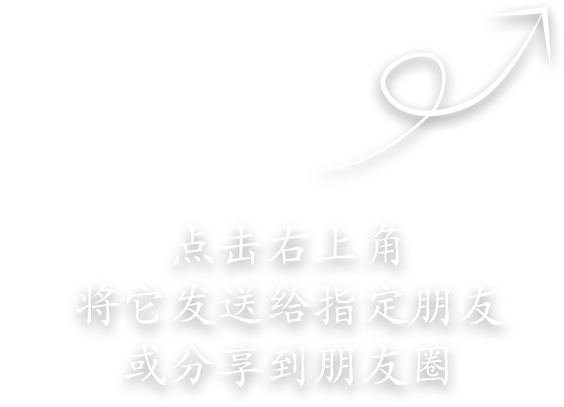Mucispora hydei Wijayaw., Q.R. Li, Y.C. Deng, L.S. Dissan & D-Q Dai sp. nov. (FIGURE 1)2021 Index Fungorum number: IF558463
Holotype:—GMB0028
Holotype:
Morphological description
Sexual morph: Undetermined.
Asexual morph Hyphomycetous. Conidiophores 60–110 × 8–12 µm (x̅ = 78.6 × 9.8 µm, n = 30), macronematous, mononematous, erect, solitary or in small groups on compactly aggregated cells, simple, cylindrical, smooth, brown, straight or slightly flexuous, percurrently proliferate 2–3 times, 1–2-septate. Conidiogenous cells holoblastic, integrated, terminal, cylindrical, smooth, pale brown. Conidia 35-50 × 20-30 µm (x̅ = 41.2 × 25.5 µm, n = 30), acrogenous, solitary, simple, smooth, ellipsoidal to obovoid, hyaline to subhyaline when young, dark brown when mature, with obvious septa in young conidia, paler at basal cell, truncate at base, sometimes covered by a hyaline mucilaginous sheath.
Cultures:
Habitat: on decaying submerged wood,
Distribution: CHINA, Guizhou Province, Guiyang, Gaopo Township, Raorao village (106°48’6.54”E, 26°19’3.46”N), on decaying submerged wood, 9th December 2019, Nalin N. Wijayawardene, Q.R Li, (GMB0028, holotype, NNW56, isotype)
GenBank Accession: LSU: MW797122, SSU MW800164, ITS MW797039 (Supplementary Table
Notes: Yang et al. (2016) introduced the genus Mucispora Jing Yang et al. with M. obscuriseptata J. Yang et al. as the type species. Besides the type species, the genus comprises two species viz. M. phangngaensis J. Yang & K.D. Hyde (Yang et al. 2017) and M. infundibulata J. Yang & K.D. Hyde (Hyde et al. 2020). All these species have been reported from submerged plant materials in Southern Thailand (Prachuap Khiri Khan Province and Phang Nga Province). In morphology, Mucispora closely resembles Melanocephala but it is specific in its cupulate proliferating conidiogenous cells and its conidia bearing a central downwardly directed collar with a fimbriate margin’ (Hughes 1979; Yang et al. 2017). Our new collection did not germinate in different media (WA, PDA, MEA) and in different temperatures thus we extracted DNA directly from the fruiting body (Zeng et al. 2018). PCR amplification of ITS (ITS4/ ITS5), LSU (primers: LR5/ LROR) and SSU (primers: NS1/NS4) were successful. Phylogenetic analyses of combined LSU and ITS genes (Fig. 2) that our new strain is distinct from other taxa. However, the separation value is medium (69% in ML) and PP value is low. Nevertheless, morphological characters, of our collection is well-distinct from other Mucispora species (Table 2). Hence, we introduce the fourth species of the genus, Mucispora hydei. This is the first record of the genus outside Thailand.
Reference: [1] Chen, C. , Zhao, L. , Zhu, C. , Wang, J. , Jiang, J. , & Yang, S. . (2014). Response of diatom community in lugu lake (yunnan–guizhou plateau, china) to climate change over the past century. Journal of Paleolimnology, 51(3), 357-373.
 Mucispora hydei (GMB0028, holotype). a. Decaying wood. b, c. Colony on wood. d, e, g. Conidiophores with conidia. f. Matured conidia. h–j. Conidiophore. Scale bars: b =100 µm, c =200 µm, d, e, h–j = 20 µm, f, g = 40 µm
Mucispora hydei (GMB0028, holotype). a. Decaying wood. b, c. Colony on wood. d, e, g. Conidiophores with conidia. f. Matured conidia. h–j. Conidiophore. Scale bars: b =100 µm, c =200 µm, d, e, h–j = 20 µm, f, g = 40 µm









